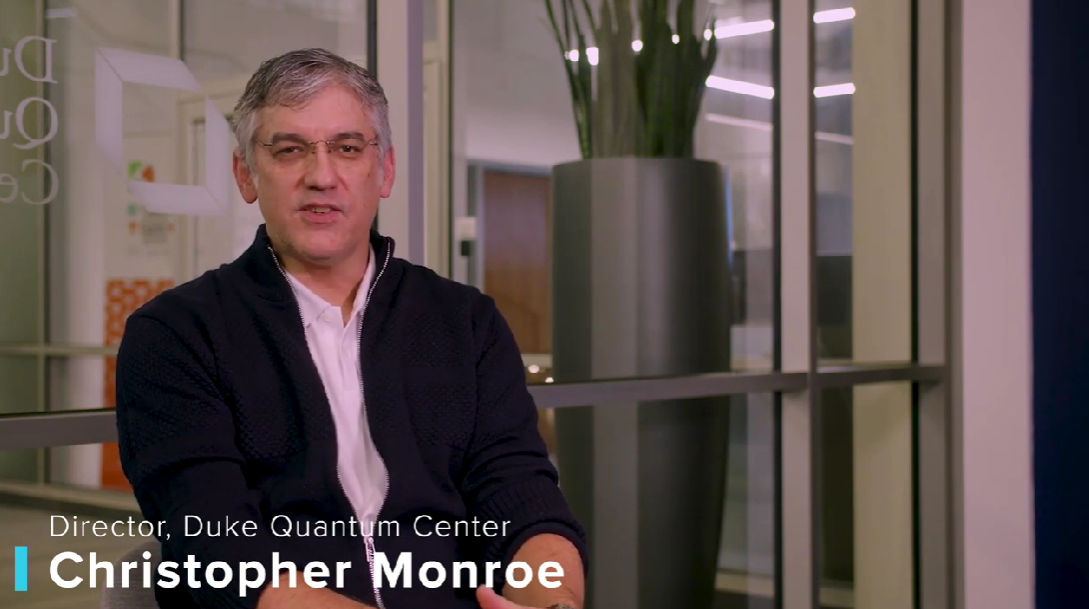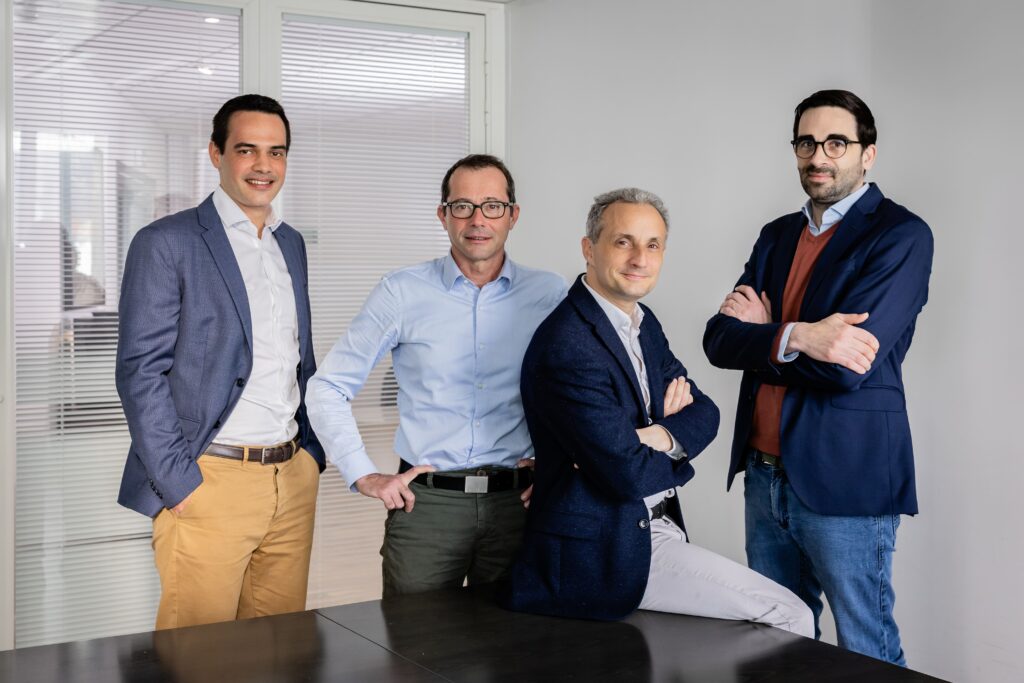While much of the quantum computing research landscape tends to revolve around abstract theoretical explorations or delves into the physics of quantum components, some perspective stands apart.
The luminaries within the Duke Quantum Center have spearheaded quantum information technology’s forefront for a span of two decades, amassing a collective funding sum of over $250 million from a diverse tapestry of sources — ranging from government bodies to academia and industry collaborators.
Storied History
Back in 1995, its roots trace back to the pioneering efforts of physicists Christopher Monroe and David Wineland from the National Institute of Standards and Technology. They orchestrated the inaugural demonstration of a quantum logic gate, an innovation that harnessed trapped atomic ions as qubits. This monumental accomplishment not only set the stage for quantum advancements but also played a role in garnering David Wineland the prestigious 2012 Nobel Prize in Physics. A few years subsequent to this landmark feat, the impact of their work resonated with physicist-engineers Jungsang Kim and Richart Slusher from Bell Labs.
Since that time, Duke Quantum Center has gone from strength to strength. Its multidisciplinary ensemble encompasses pioneers who not only demonstrated the very first quantum gate across any platform but also refined and implemented it. Among the team are optical and systems engineers who have charted pathways to enable the scaling of quantum computers, co-designers adept at orchestrating algorithms to harmonize with the center’s systems, architects of quantum error correction, and more. This convergence of physicists, engineers, computer scientists, and mathematicians has united to channel quantum computing’s potential into a myriad of scientific quandaries and practical applications, all in the present moment.

Collaboration
2021 saw the collaboration between the Duke Quantum Center and MKS — Newport materialize, driven by the shared objective of mitigating the vibrational perturbations stemming from a nearby freight train, situated merely 100 feet away. Presently, armed with Newport™ RS4000 Series Optical Table Tops and the S-2000A Series Stabilizer™ Pneumatic Vibration Isolators, the research team attains the remarkable capability of positioning their ions with a precision of 50 nanometers. This level of accuracy remains unswayed by the dynamically changing environmental factors in the proximity.
Guided Tour
To showcase this achievement, Christopher Monroe, Director of the Duke Quantum Center and co-founder of quantum company IonQ, was interviewed at Newport Corp by MKS to talk about his place of work as well as give us a guided tour of the Duke Quantum Center.
In it, viewers get to witness firsthand how the convergence of quantum computers enhances their capabilities through steady-state operations and network integration. All of this is underpinned by the robust foundations laid by Newport Optical Tables and Vibration Isolators.
Featured image: Newport Corp by MKS
For more market insights, check out our latest quantum computing news here.
















